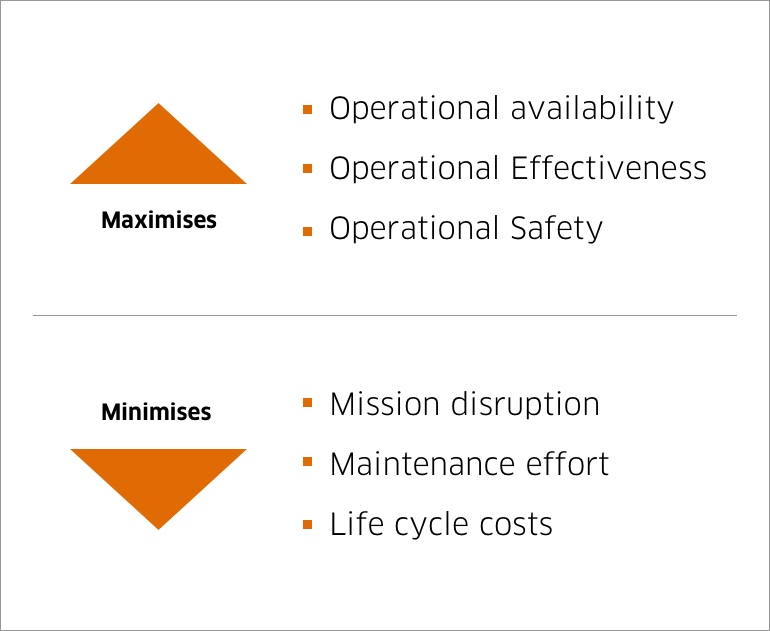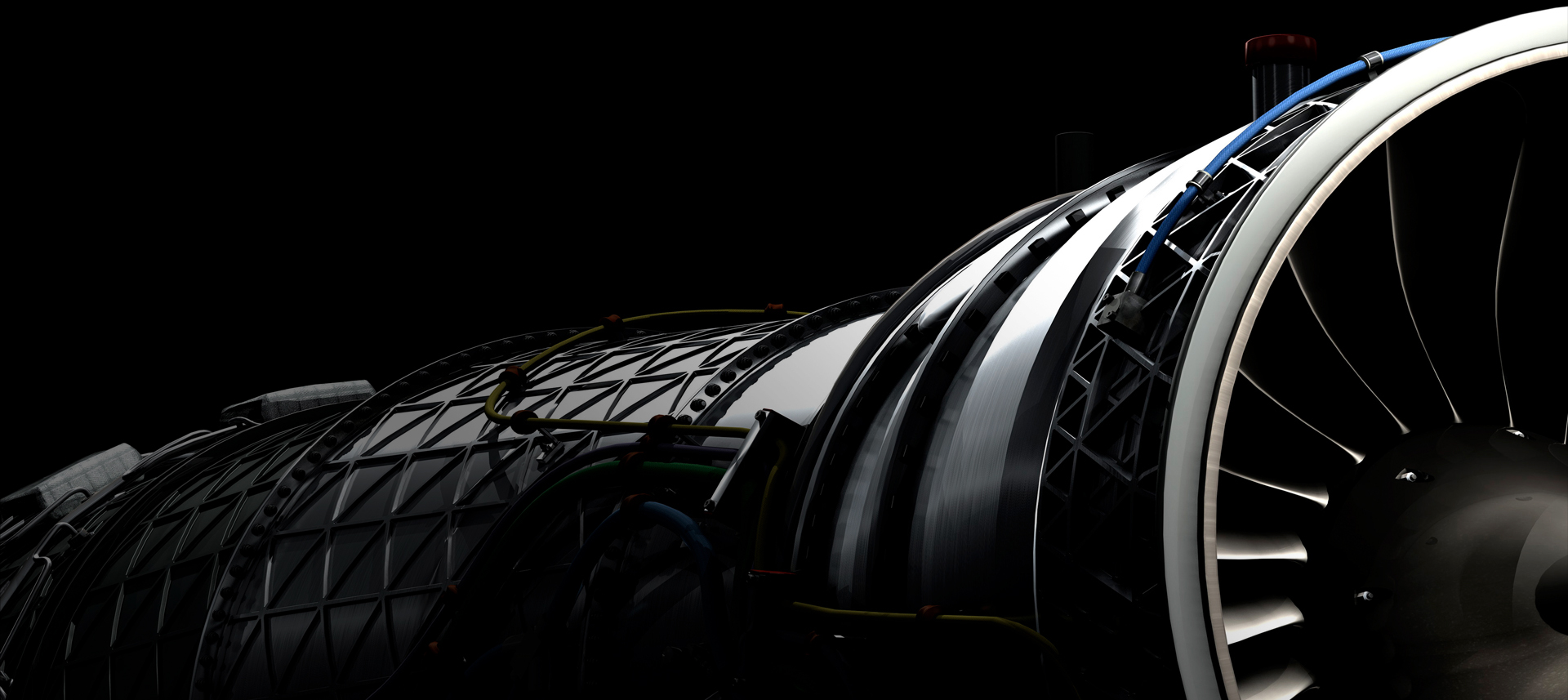Combustion system (Combustion Casing & Combustor)
The compressed air enters the Combustion System,
is mixed with fuel and burnt. This drastically increases
the airflow temperature and consequently the
energetic level of the airflow.
UK: ROLLS-ROYCE
A simple architecture
The engine is made up of modules making it easy to replace parts of the engine by just exchanging one module for another should the need arise. There are 15 fully interchangeable modules and 7 of these modules can be replaced without the engine needing to go back to the test bed for an uninstalled engine test. This is a huge advantage as it makes maintenance of the engine extremely time and cost efficient. Engine repairs can often be carried out at the Air Force base instead of needing to be sent back to the manufacturer.
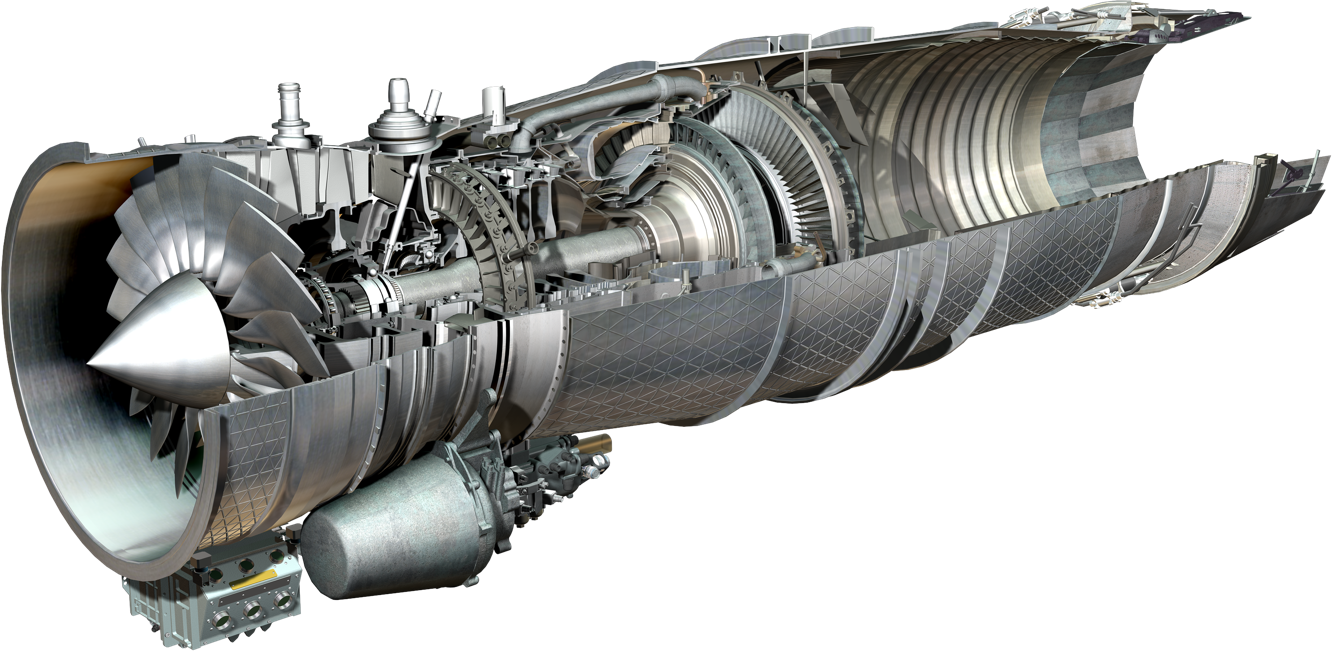
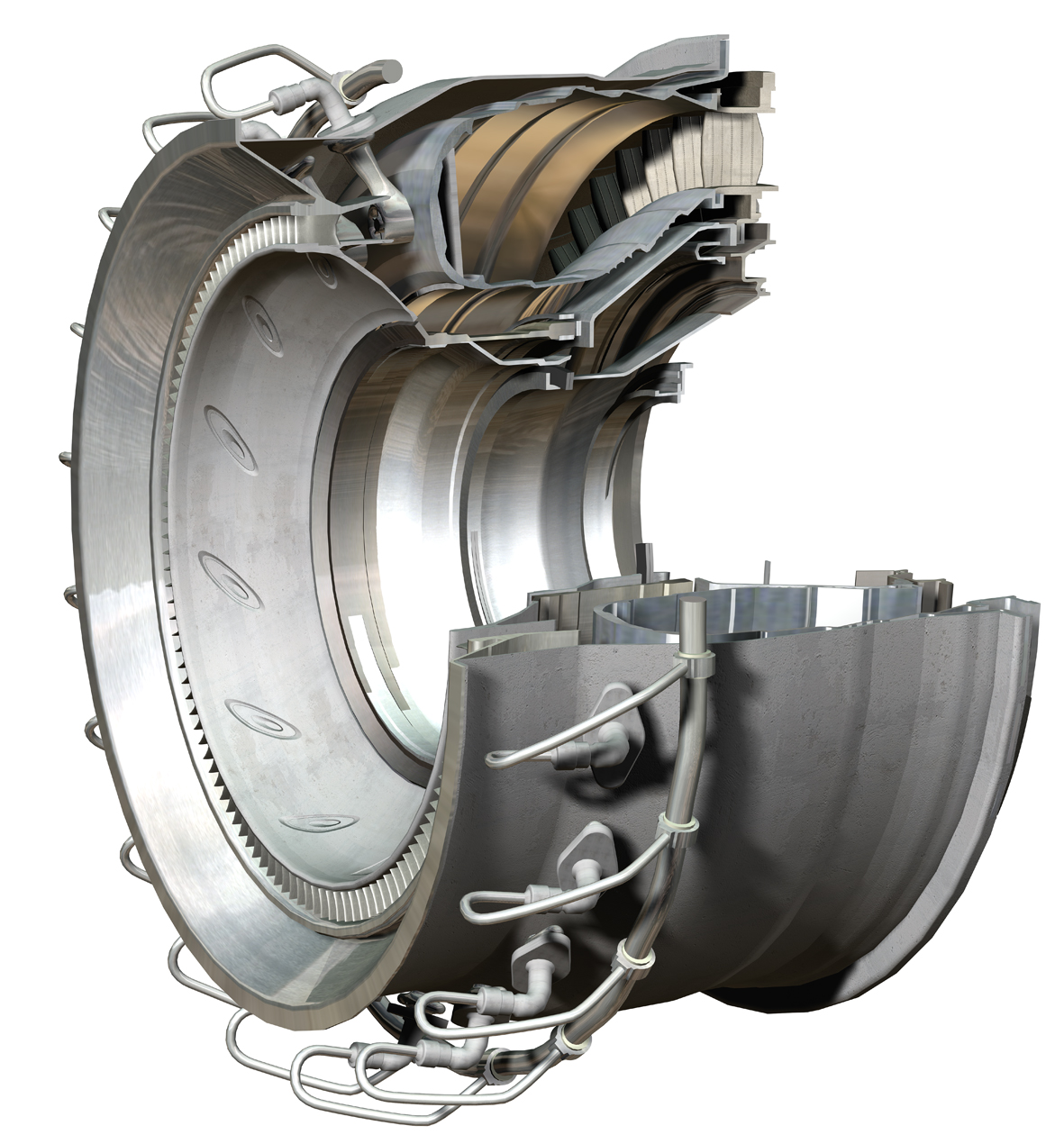
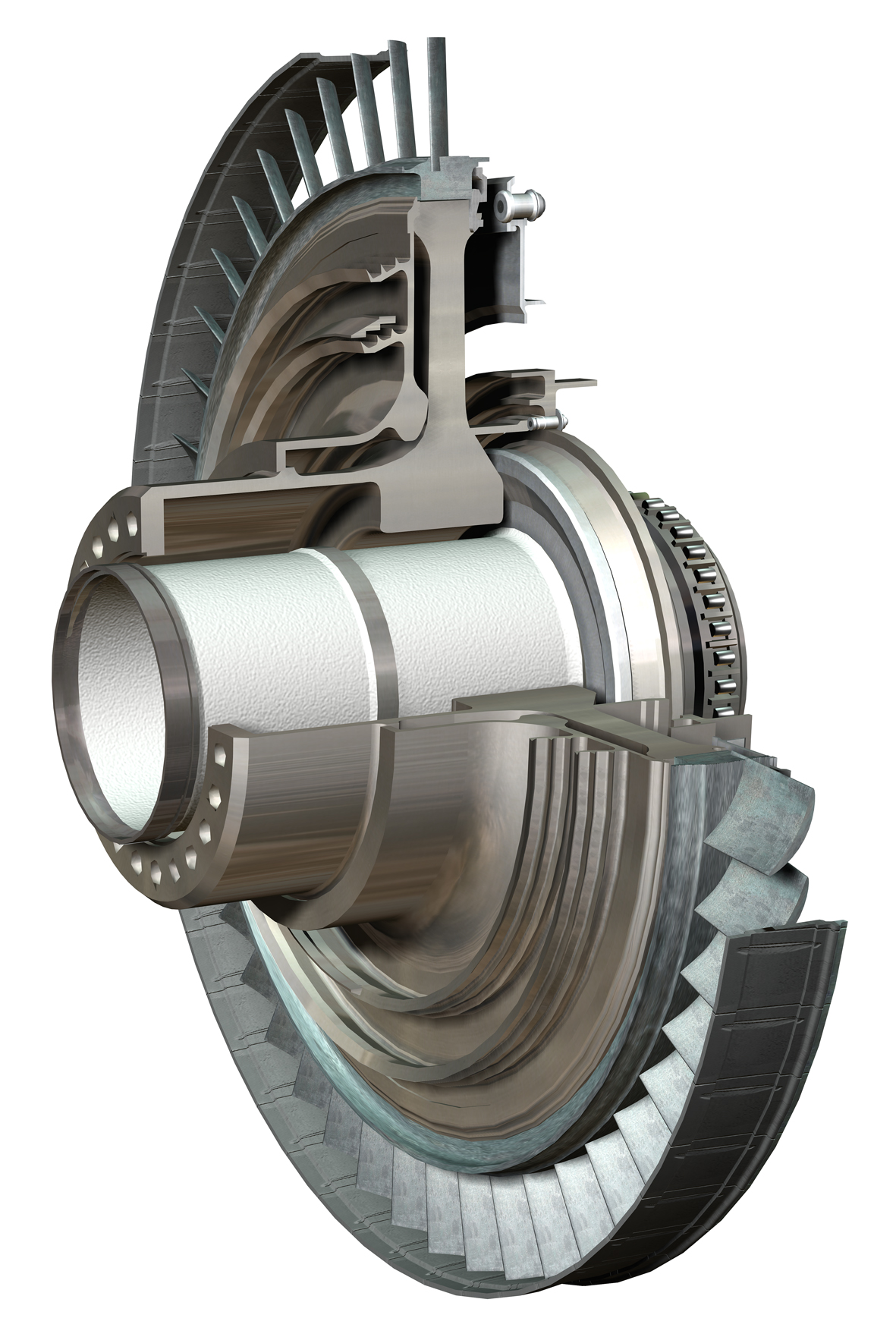
High Pressure Turbine (HPT)
The airflow enters the High Pressure Turbine at its highest energetic level within the engine. The High Pressure Turbine extracts energy from the airflow in order to drive the High Pressure Compressor, which is connected by a shaft to the High Pressure Turbine.
UK: ROLLS-ROYCE
The airflow enters the High Pressure Turbine at its highest energetic level within the engine. The High Pressure Turbine extracts energy from the airflow in order to drive the High Pressure Compressor, which is connected by a shaft to the High Pressure Turbine.
UK: ROLLS-ROYCE
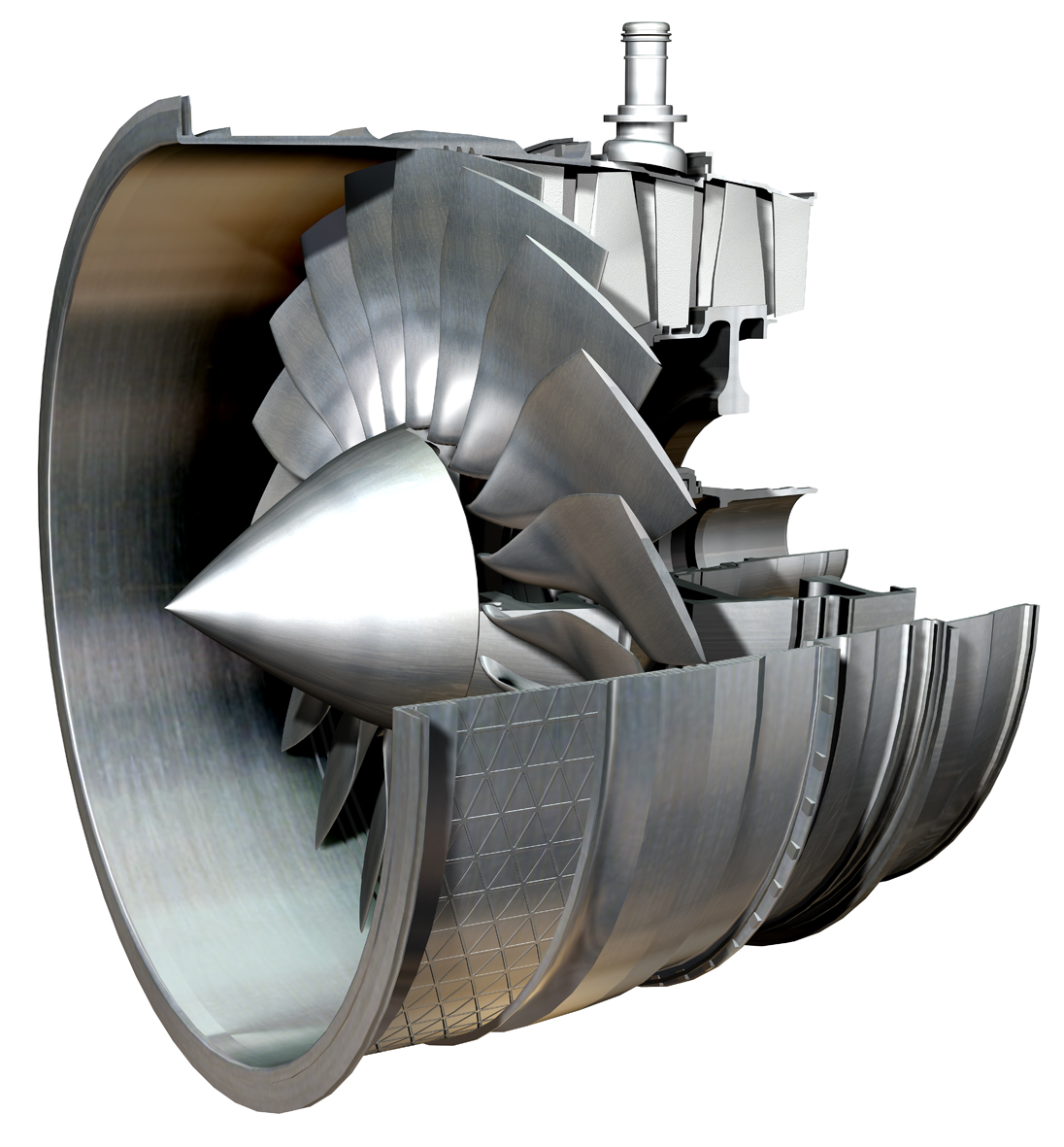
Low Pressure Compressor
Sometimes referred to as the ‘fan’ the LPC is the initial air compression phase which draws the air in from the outside and squeezes it into a smaller space (compression), thus putting the air under pressure. After the first compression stage, part of the air is fed into the by-pass duct and the rest is led into the High Pressure Compressor for further compression.
GERMANY: MTU AERO ENGINES
Sometimes referred to as the ‘fan’ the LPC is the initial air compression phase which draws the air in from the outside and squeezes it into a smaller space (compression), thus putting the air under pressure. After the first compression stage, part of the air is fed into the by-pass duct and the rest is led into the High Pressure Compressor for further compression.
GERMANY: MTU AERO ENGINES
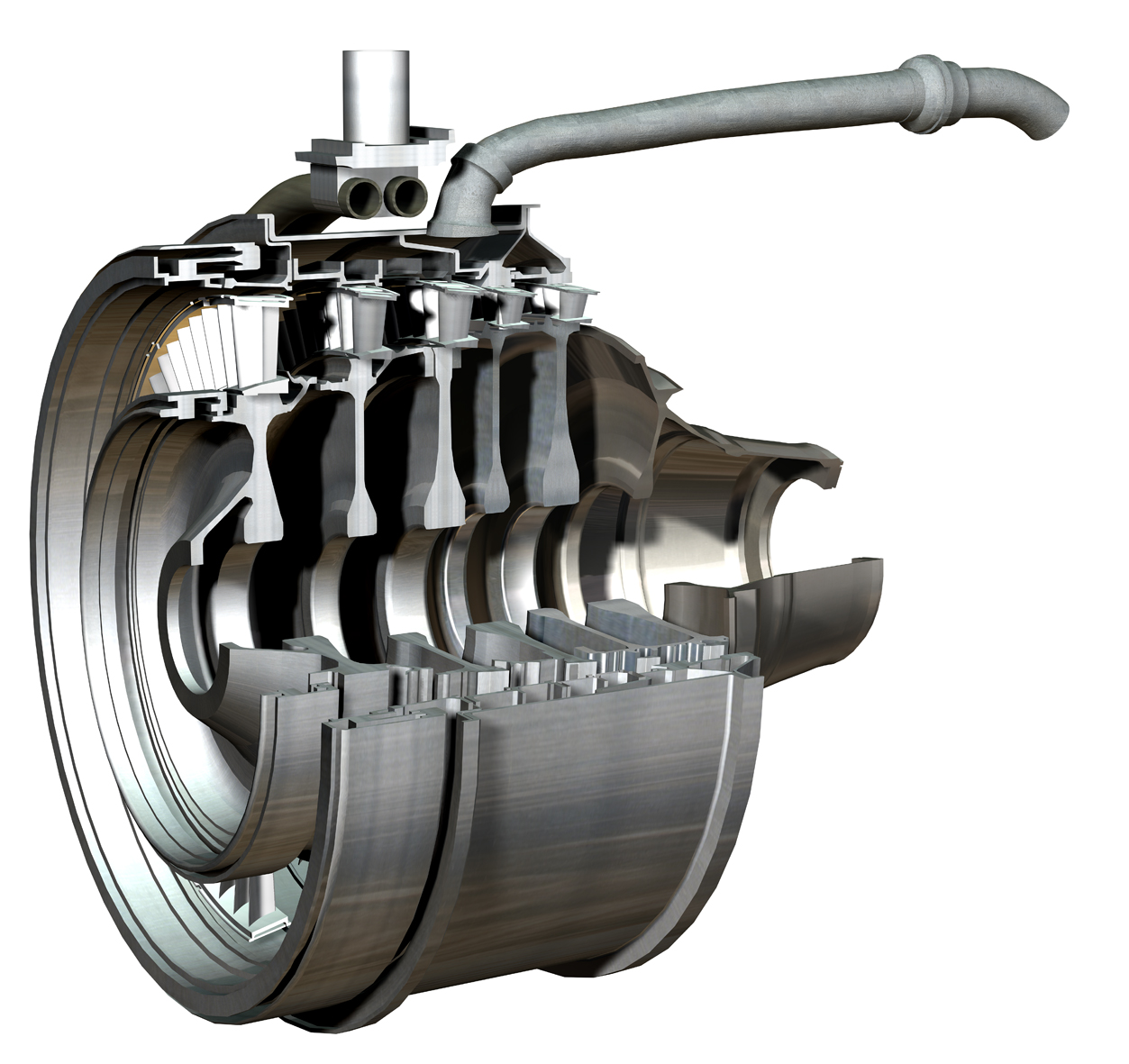
High Pressure Compressor
This compression phase further increases the air pressure leading to the maximum pressure level of the airflow within the engine, just before the air enters the combustion system.
GERMANY: MTU AERO ENGINES
This compression phase further increases the air pressure leading to the maximum pressure level of the airflow within the engine, just before the air enters the combustion system.
GERMANY: MTU AERO ENGINES
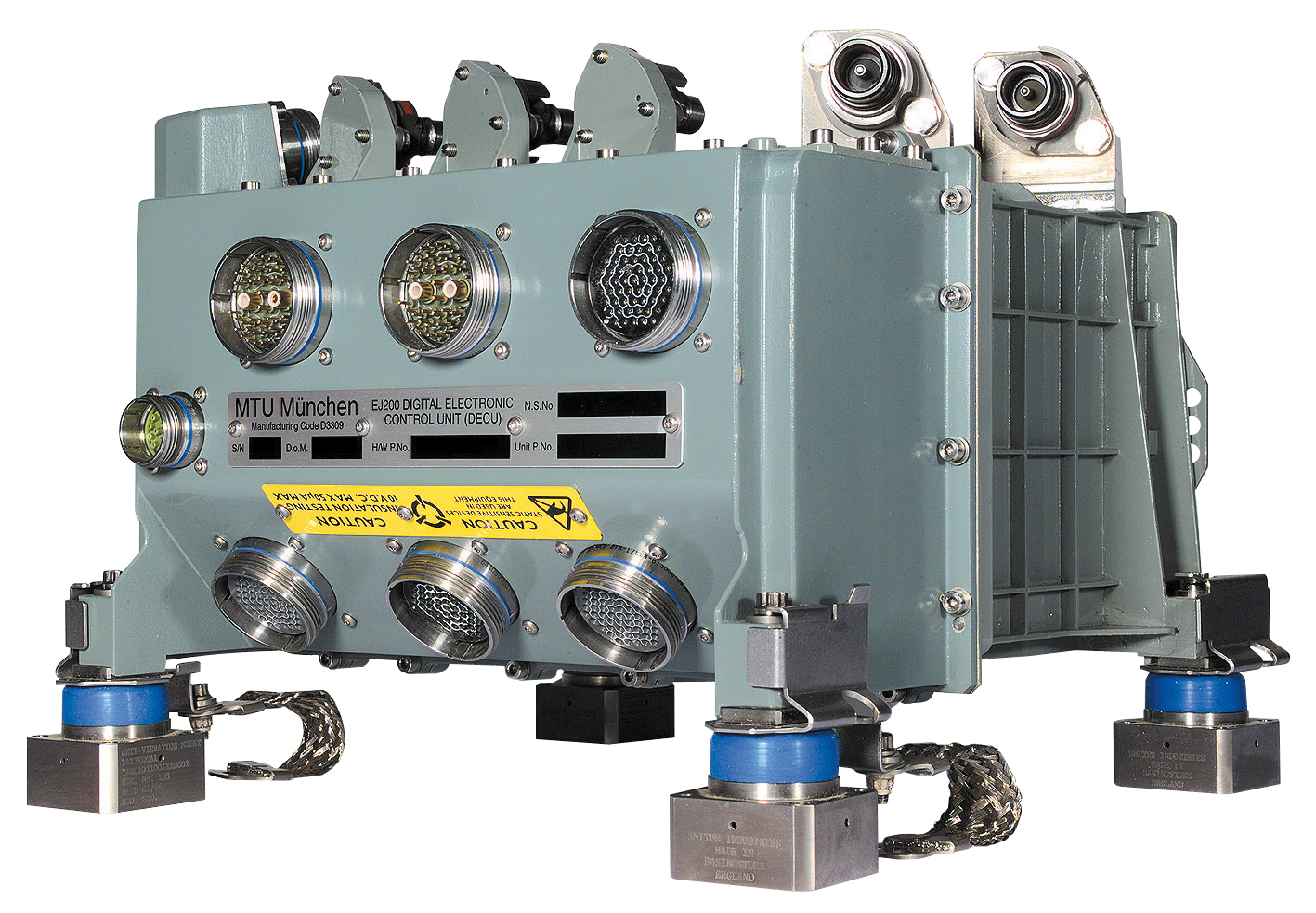
Digital Engine Control and Monitoring Unit … the DECMU
The DECMU provides the electronic interface between the aircraft and the engine and fulfils the combined task of controlling and monitoring the engine at the same time. It feeds into the Engine Health Monitoring System, taking sensor inputs that measure the pressure, speed, temperature and vibration and transmits this data to the pilot. The pilot’s input is also channelled through the DECMU to the engine.
GERMANY: MTU AERO ENGINES
The DECMU provides the electronic interface between the aircraft and the engine and fulfils the combined task of controlling and monitoring the engine at the same time. It feeds into the Engine Health Monitoring System, taking sensor inputs that measure the pressure, speed, temperature and vibration and transmits this data to the pilot. The pilot’s input is also channelled through the DECMU to the engine.
GERMANY: MTU AERO ENGINES
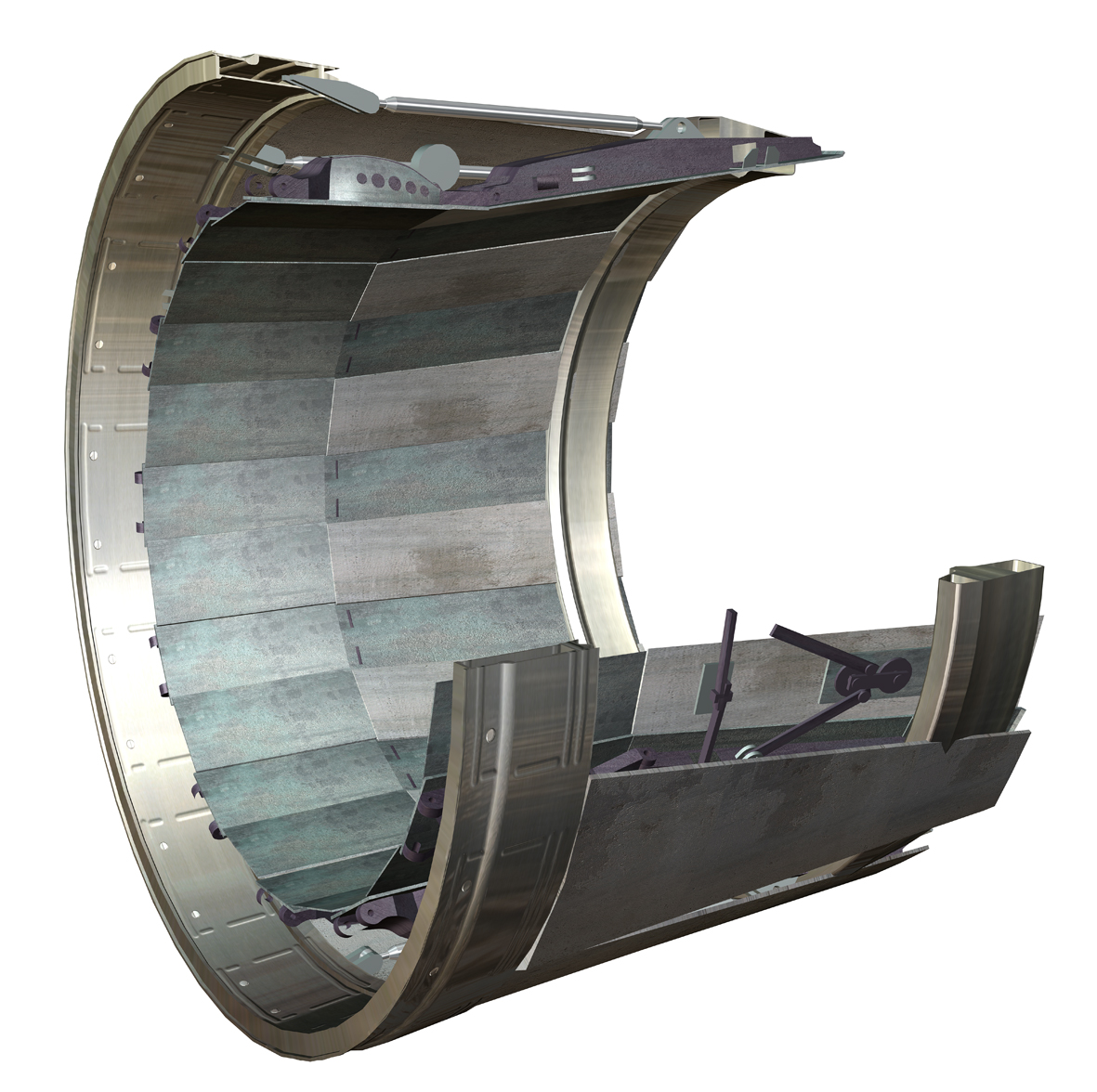
Exhaust Nozzle
The variable convergent-divergent Exhaust Nozzle optimizes the pressure level of the airflow at the engine outlet in order to maximise the outlet velocity of the air flow and thus the thrust of the engine.
SPAIN: ITP AERO
The variable convergent-divergent Exhaust Nozzle optimizes the pressure level of the airflow at the engine outlet in order to maximise the outlet velocity of the air flow and thus the thrust of the engine.
SPAIN: ITP AERO
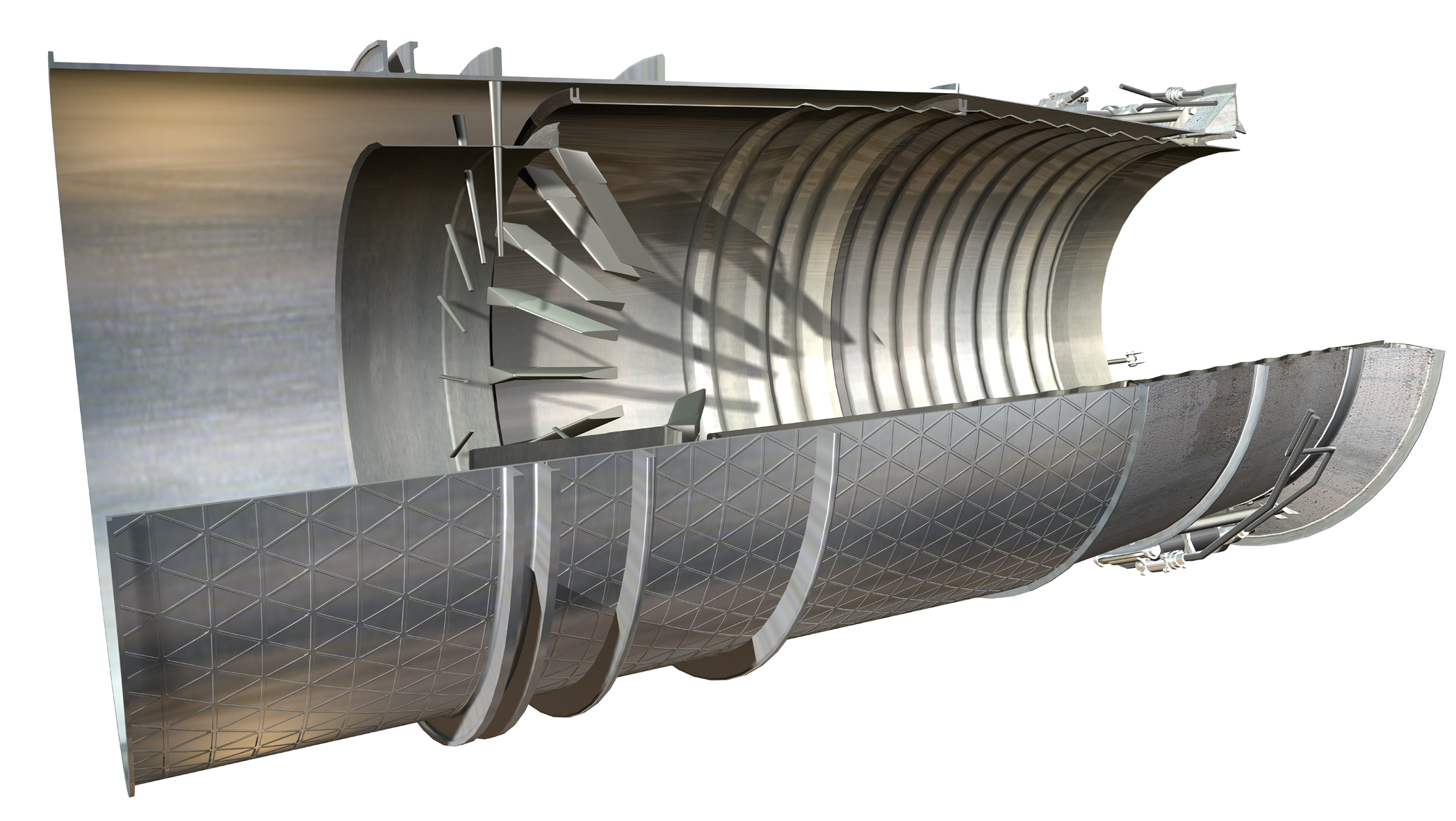
Jet Pipe / Afterburner
The Jet Pipe conducts the airflow from the turbine and the by-pass duct to the variable exhaust nozzle. The Jet Pipe also contains the engine’s reheat system, also referred to as the afterburner. Activation of the reheat system leads to an extra amount of fuel being introduced into the air flow which gives an additional thrust increase for short periods of rapid acceleration or when needed for combat manoeuvres.
SPAIN: ITP AERO
The Jet Pipe conducts the airflow from the turbine and the by-pass duct to the variable exhaust nozzle. The Jet Pipe also contains the engine’s reheat system, also referred to as the afterburner. Activation of the reheat system leads to an extra amount of fuel being introduced into the air flow which gives an additional thrust increase for short periods of rapid acceleration or when needed for combat manoeuvres.
SPAIN: ITP AERO
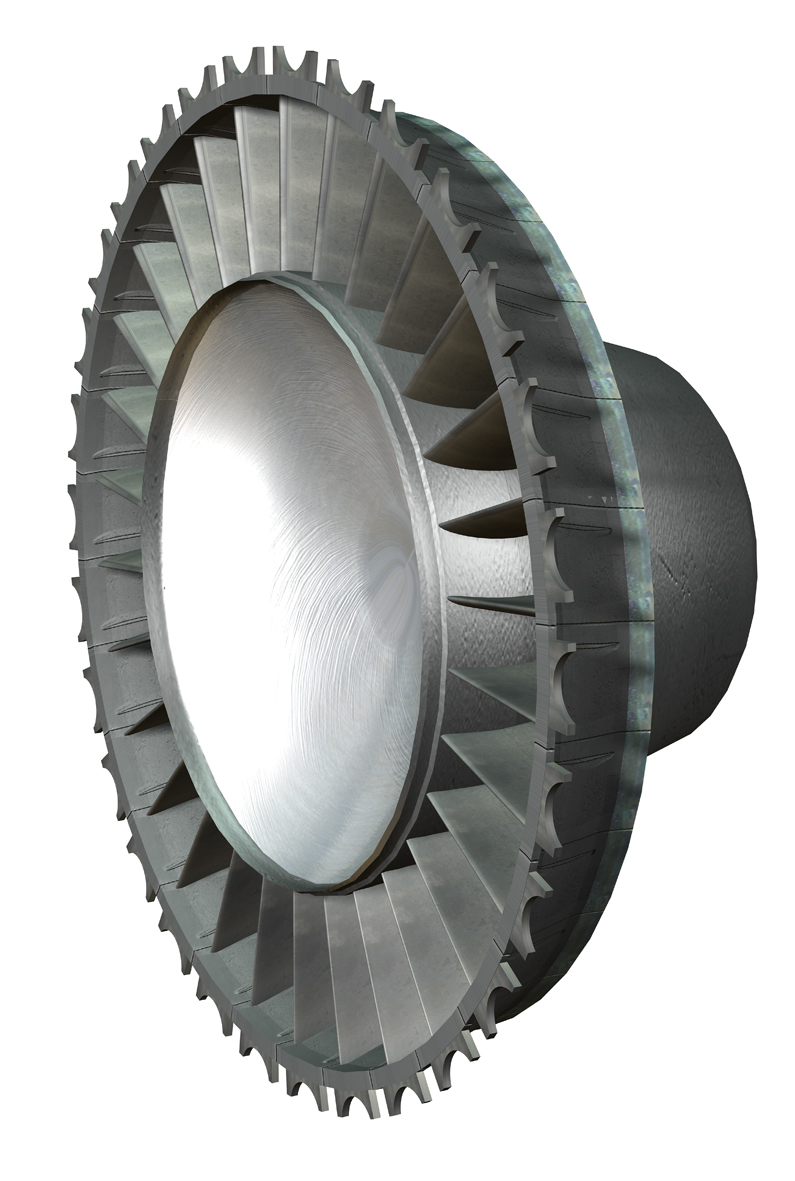
Exhaust Diffuser
The task of the Exhaust Diffuser is the recovery of pressure inside the airflow after expansion inside the turbines before entering the Jet Pipe. This is achieved through reduction of the airflow’s speed.
SPAIN: ITP AERO
The task of the Exhaust Diffuser is the recovery of pressure inside the airflow after expansion inside the turbines before entering the Jet Pipe. This is achieved through reduction of the airflow’s speed.
SPAIN: ITP AERO
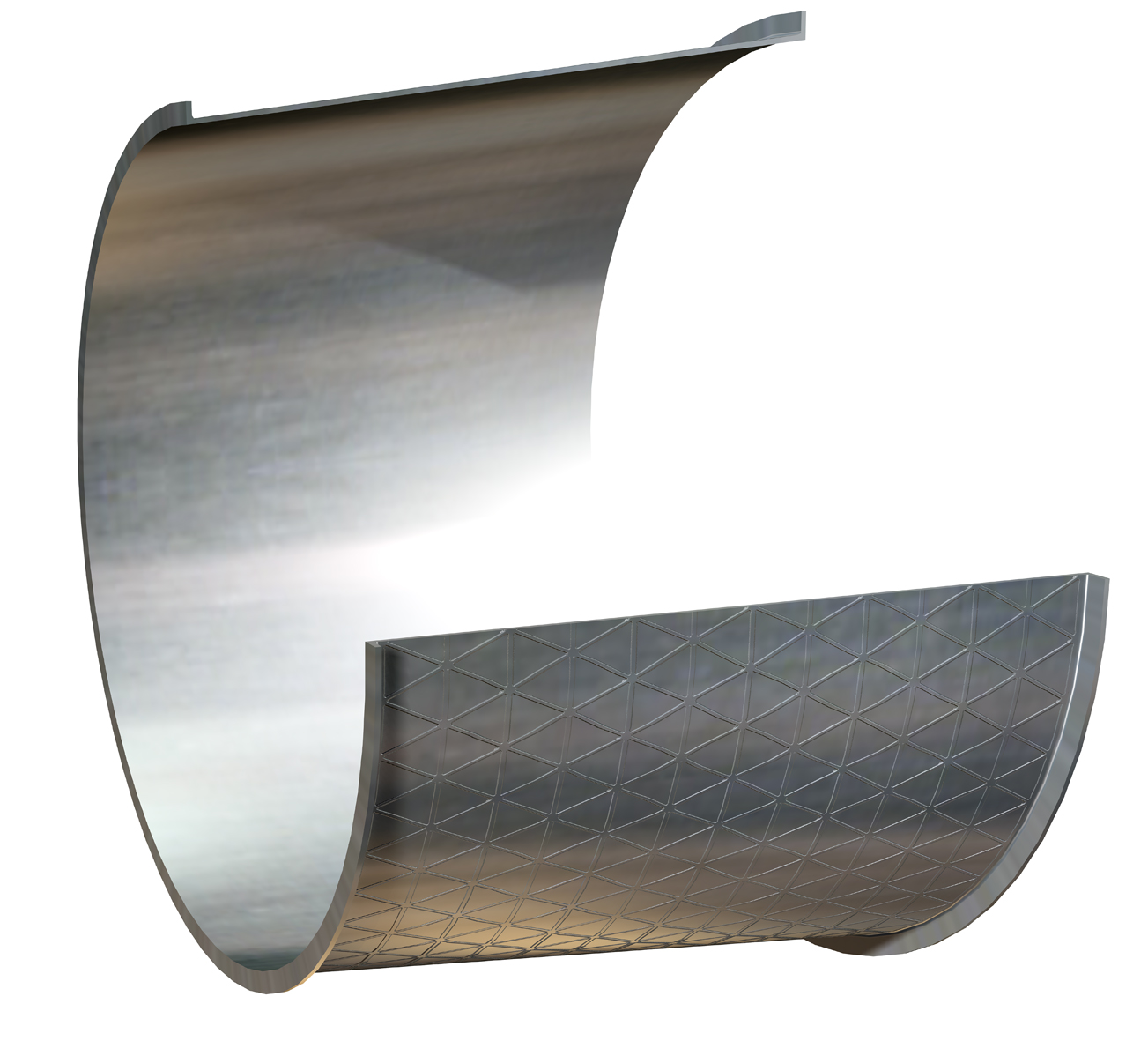
By-pass Duct
The By-pass Duct leads the by-pass airflow from the Low Pressure Compressor into the Jet Pipe. The by-pass airflow does not pass through the core of the jet engine but is conducted around the High Pressure Compressor, the Combustion System and the High and Low Pressure Turbine. Its main functions are to cool the engine’s casing structures and deliver air for a stable reheat operation.
SPAIN: ITP AERO
The By-pass Duct leads the by-pass airflow from the Low Pressure Compressor into the Jet Pipe. The by-pass airflow does not pass through the core of the jet engine but is conducted around the High Pressure Compressor, the Combustion System and the High and Low Pressure Turbine. Its main functions are to cool the engine’s casing structures and deliver air for a stable reheat operation.
SPAIN: ITP AERO
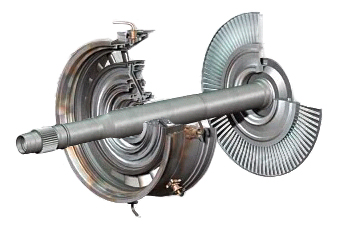
Low Pressure Turbine
The Low Pressure Turbine extracts energy from the airflow after exiting the High Pressure Turbine by further decreasing the airflow’s pressure. The energy extracted from the airflow is used to drive the Low Pressure Compressor.
ITALY: AVIO AERO
The Low Pressure Turbine extracts energy from the airflow after exiting the High Pressure Turbine by further decreasing the airflow’s pressure. The energy extracted from the airflow is used to drive the Low Pressure Compressor.
ITALY: AVIO AERO
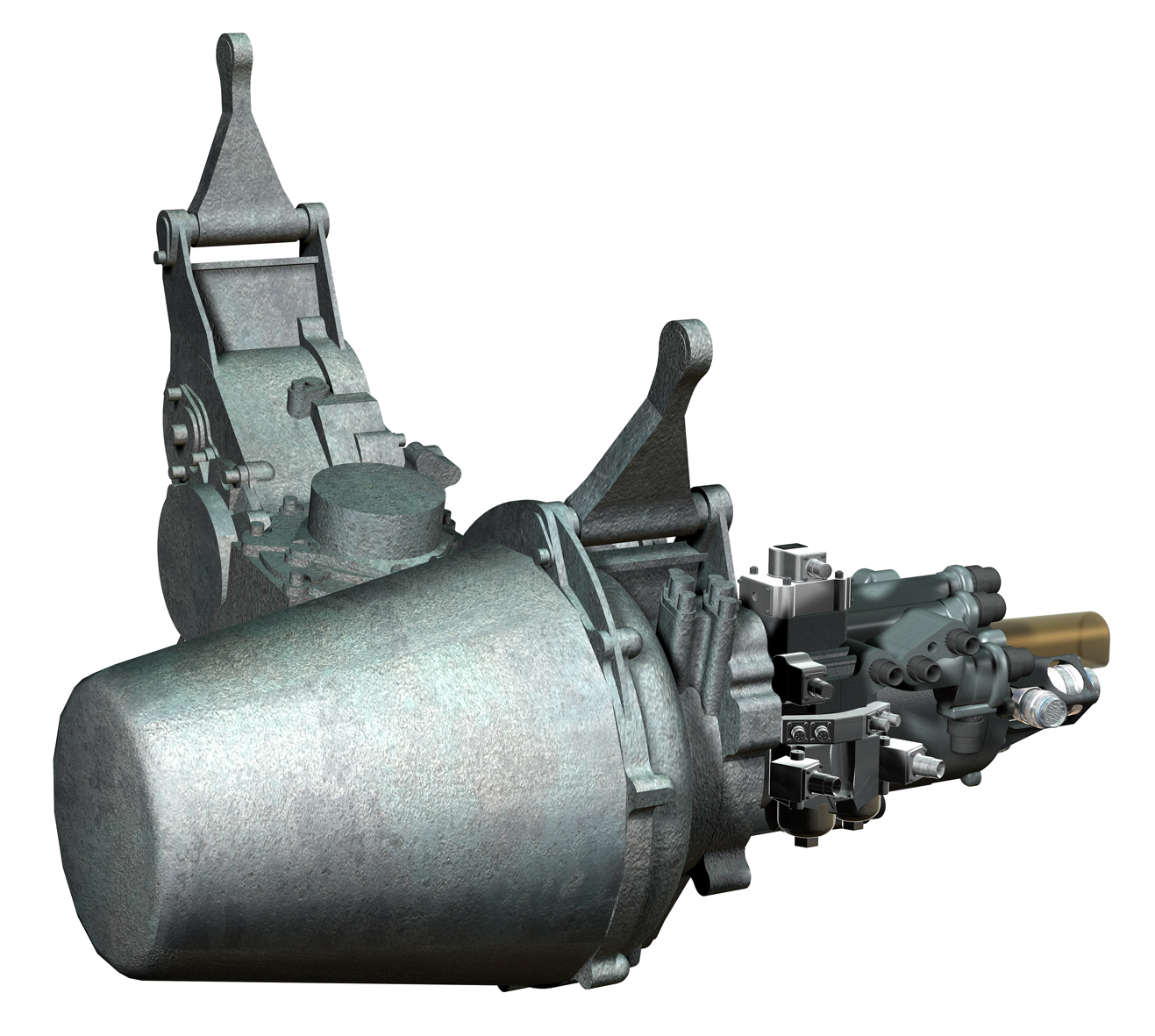
Gearbox and Oil System
The Gearbox is externally mounted on the engine and provides drive for the engine’s accessories including the Combined Oil Pump and the Fuel Pump. The oil system features a rotating oil basket generating an artificial gravitational force in order to ensure sufficient supply of oil to the pump even in the most demanding flight manoeuvres.
ITALY: AVIO AERO
The Gearbox is externally mounted on the engine and provides drive for the engine’s accessories including the Combined Oil Pump and the Fuel Pump. The oil system features a rotating oil basket generating an artificial gravitational force in order to ensure sufficient supply of oil to the pump even in the most demanding flight manoeuvres.
ITALY: AVIO AERO
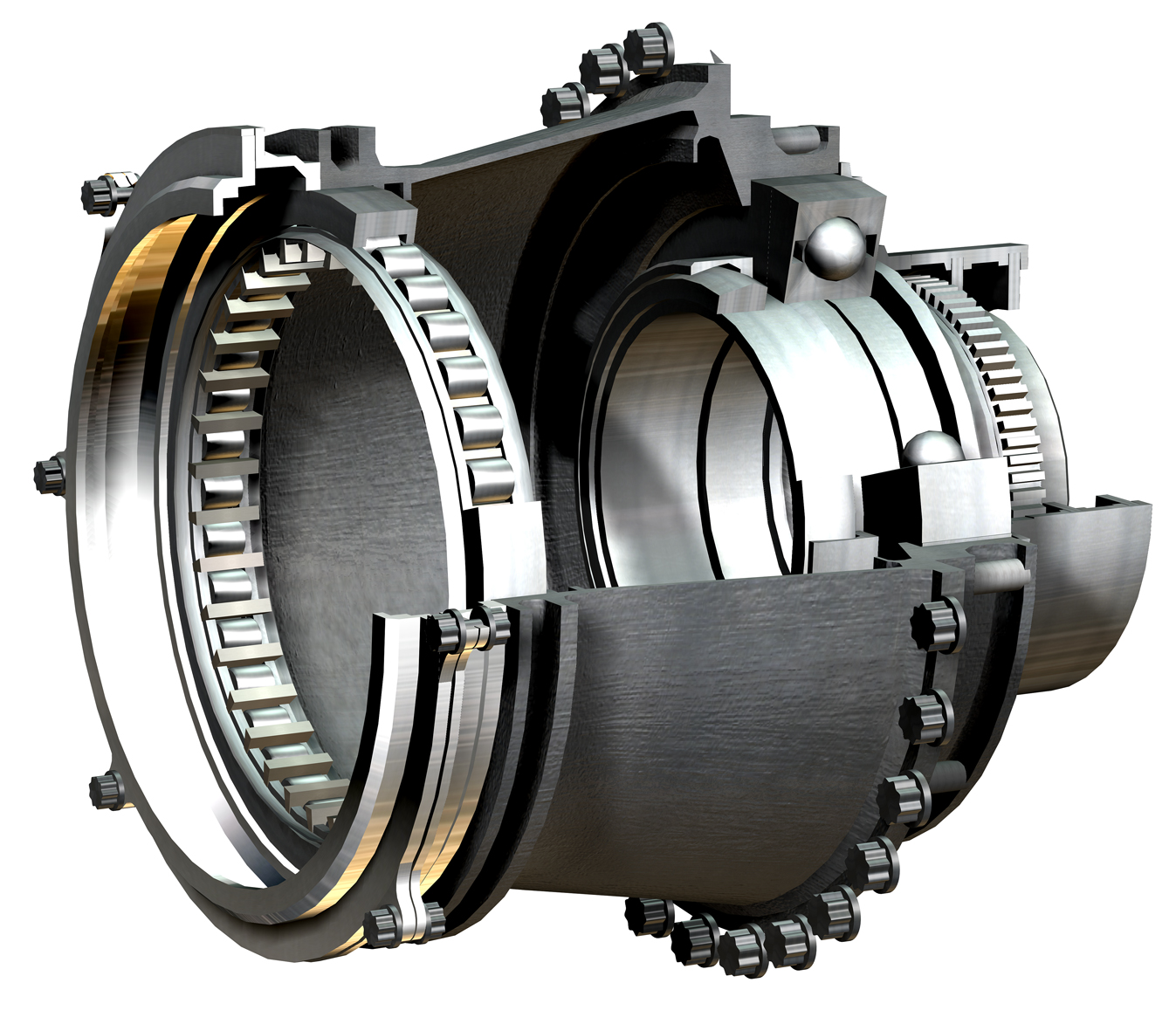
Front Bearing Support
The front bearing support locates the rotating assembly of the LP compressor and transmits LP Compressor thrust loads to the Intermediate Case.
UK: ROLLS-ROYCE
The front bearing support locates the rotating assembly of the LP compressor and transmits LP Compressor thrust loads to the Intermediate Case.
UK: ROLLS-ROYCE
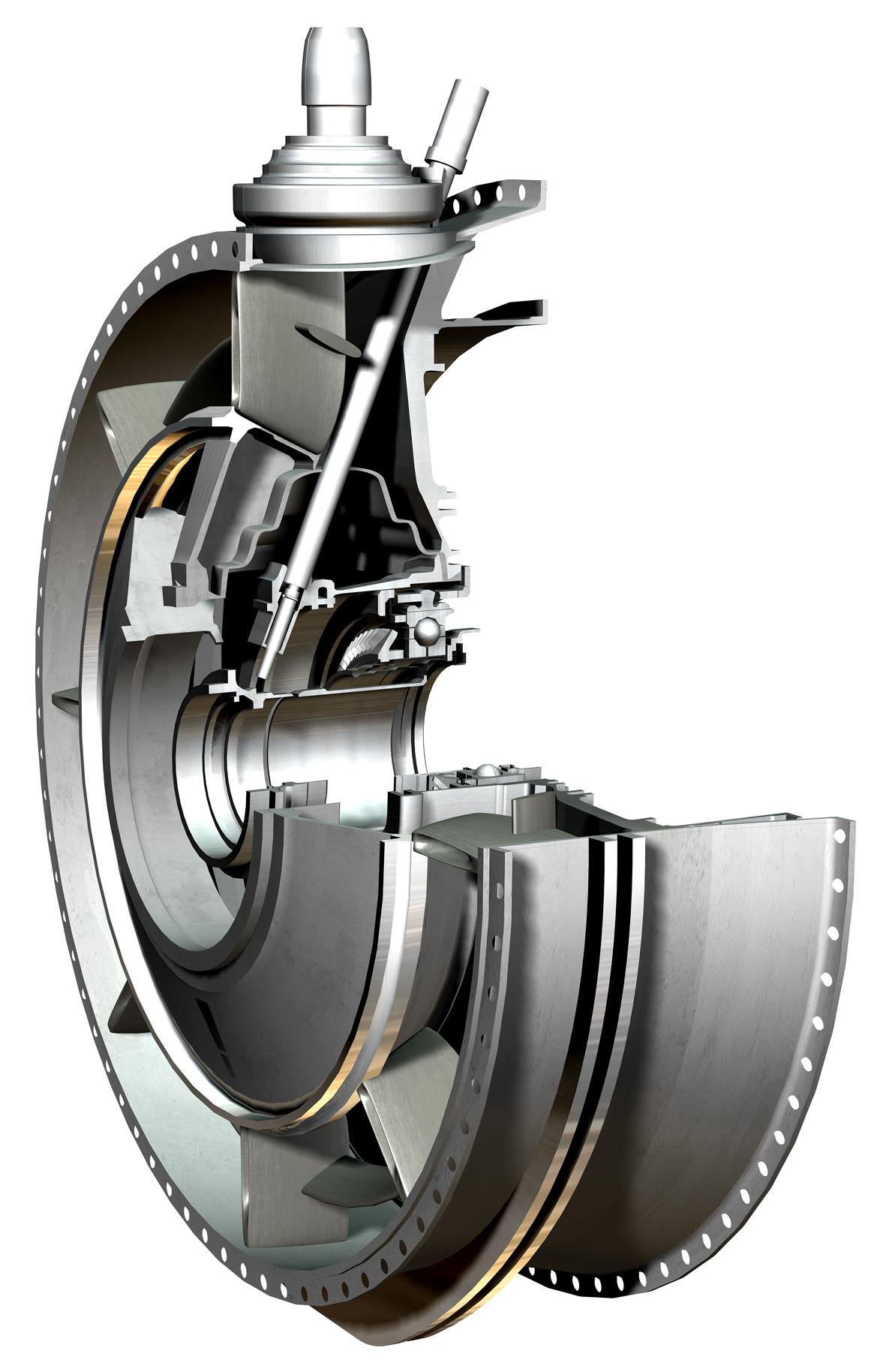
Intermediate Casing
The Intermediate Case provides support for the core engine modules and transmits engine thrust loads to the airframe. The intermediate case additionally contains the internal gearbox, provides a radial drive shaft to the accessory gearbox and divides the LP Compressor delivery air into bypass and core engine airflows.
UK: ROLLS-ROYCE
The Intermediate Case provides support for the core engine modules and transmits engine thrust loads to the airframe. The intermediate case additionally contains the internal gearbox, provides a radial drive shaft to the accessory gearbox and divides the LP Compressor delivery air into bypass and core engine airflows.
UK: ROLLS-ROYCE
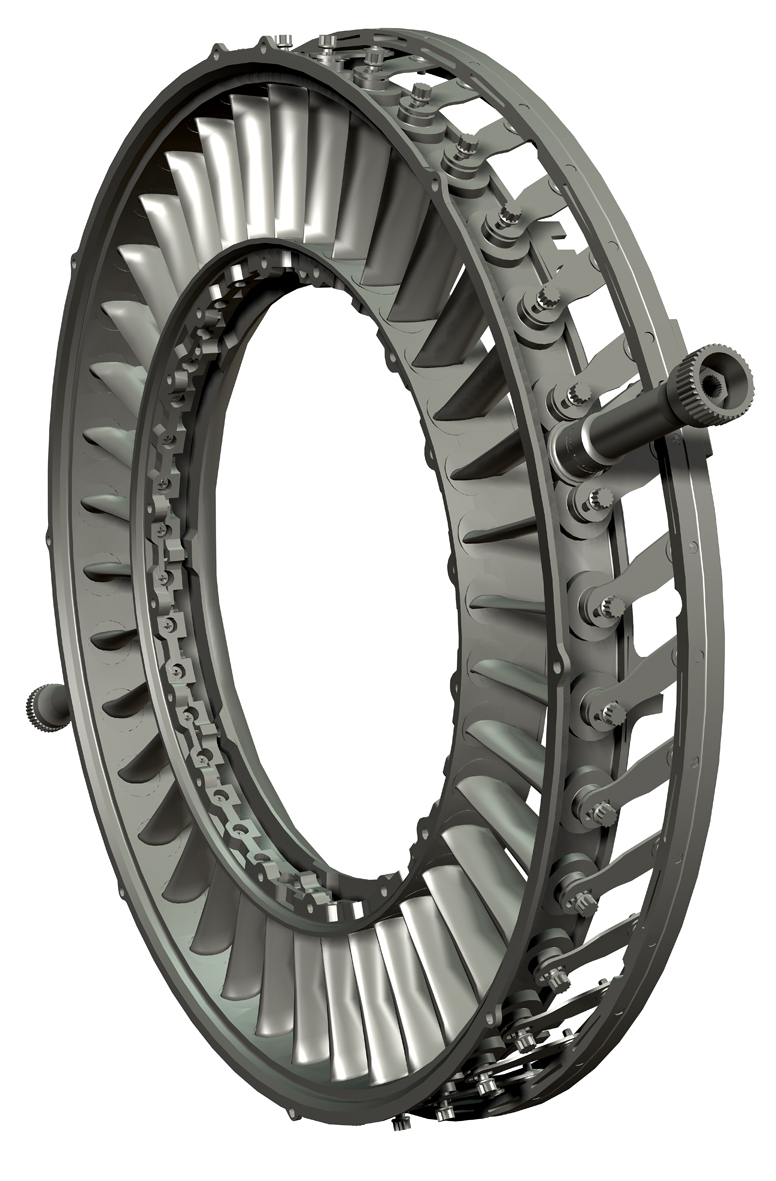
Variable Inlet Guide Vanes
The VIGVs change the angle of air delivered to the HP compressor to optimise the aerodynamic performance of the compressor, particularly at off-design conditions, for example starting and partial power.
UK: ROLLS-ROYCE
The VIGVs change the angle of air delivered to the HP compressor to optimise the aerodynamic performance of the compressor, particularly at off-design conditions, for example starting and partial power.
UK: ROLLS-ROYCE
Where are the modules produced?
EUROJET’s four partner companies are responsible for producing the modules at their production facilities in their home countries.
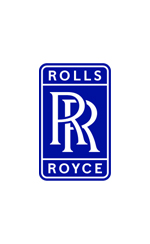
- Combustion system
- High pressure (HP) turbine
- Engine health monitoring system (EHMS)
- Low Pressure Compressor
- High Pressure Compressor
- Digital Engine Control & Monitoring Unit (DECMU)

- Exhaust Nozzle
- Jet Pipe
- Exhaust Diffuser
- By-pass Duct
- External Dressings
- Low Pressure Turbine
- Reheat System
- Gearbox
- Air / Oil System
That’s how we put it together
The film shows an EJ200 being constructed in the Rolls-Royce Bristol facility, however, the same construction process also takes place in each of the other three partner companies.Technical Data
| Type | Twin Spool Turbofan with Afterburner |
| Application | Eurofighter Typhoon |
| Thrust | 90 kN (20,000 lbf) with reheat | 60kN (13,500 lbf) without reheat |
| Bypass ratio | 0.4 : 1 |
| Fan pressure ratio | 4.2 : 1 |
| Overall pressure ratio | 26 : 1 |
| Specific fuel consumption | 47 – 49 g/kNs with reheat | 21 – 23 g/kNs without reheat |
| Airflow | 75 – 77 kg/s |
| Compressor stages | 3 LP, 5 HP |
| Turbine stages | 1 HP, 1 LP |
| Combustion system | Annular Airspray |
| Weight | ca. 1,000 kg |
| Length | ca. 4m |
Support & maintenance of the EJ200
The EJ200 has been designed for easy support and maintenance. The principle is ‘on-condition‘ maintenance, which means that the engine is maintained according to actual usage – there is no requirement for scheduled engine overhaul.
Some of the main advantages are:
- There is an extremely low engine removal rate (average on-wing time is over 1200 Engine Flying Hours)
- Borescope inspection, line replacement item change and maintenance data panel check are simple to carry out
- The entire engine can be changed in under 45 minutes
- There are very short turn round times and a minimum of spares are required
- 7 of the 15 modules can be exchanged without the engine requiring a bench test
